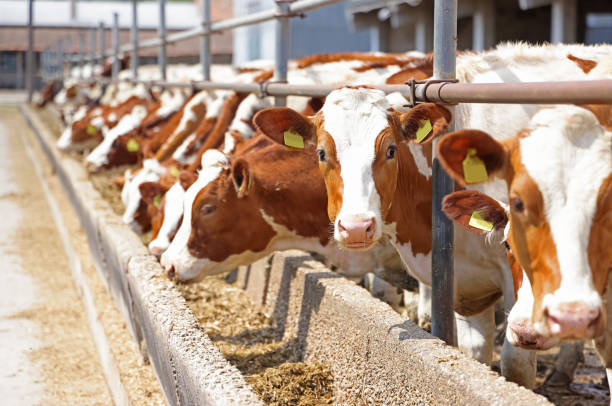Plans are afoot to rehabilitate facilities at the country’s national breeding stations and restock them with small ruminants in a bid to boost capacity utilisation from below 15 percent to at least 50 percent.
This is explicit under the Medium-Term Expenditure Framework (MTEF) 2025-2028 of the Food and Agriculture Ministry (MoFA) and is part of government’s broader livestock development and expansion plan.
MoFA oversees seven national livestock breeding stations that focus on various species across the country. This notwithstanding, livestock stakeholders and various associations have in the past have lamented neglect of this critical infrastructure by successive governments.
These include the Nungua Livestock Breeding Station (pigs, rabbits), Babile (Ashanti Black pigs), Ejura (sheep), Kintampo (West African dwarf goats) and Pong Tamale (sheep, goats, pigs, cattle). Others are in Nkwanta (sheep, goats) and the Amrahia Dairy Farm (dairy cattle) which have all seen little development in recent years.
However, these stations provide some improved breeding stock and extension services for farmers to enhance livestock production and quality in the country. Neglect of these facilities has intensified the country’s livestock imports.
Trade data from the Peasant Farmers Association of Ghana (PFAG) revealed that Ghana imported US$17.7million worth of livestock in 2023. PFAG indicated cattle, goats and sheep constituted 70 percent of imports into the country from Burkina Faso, Niger and Nigeria in 2023.
Although the livestock sector contributes significantly to the food security agenda, it has consistently been ignored and received limited policy attention and support – resulting in high levels of importation.
The livestock sub-sector comprising cattle, sheep, goats, pigs, rabbits and poultry is crucial to food security. Even with the poultry sector, only five percent is produced domestically as 95 percent is imported.
Livestock production in the country faces significant challenges including prevalent animal diseases, lack of adequate veterinary services, theft and pasture shortages, leading to high livestock losses and impacting farmers’ productivity and livelihoods.
Other critical issues include insufficient access to finance, poor infrastructure and housing, inadequate access to quality feed, climate change effects, challenges with land acquisition, problems with marketing and informal practices in livestock markets.
Yet the biggest challenge recently confronting livestock globally is the impact of climate change – which includes rising temperatures, extreme weather events and shifting ecosystems that threaten livestock health and productivity and exacerbate the sector’s environmental footprint.










